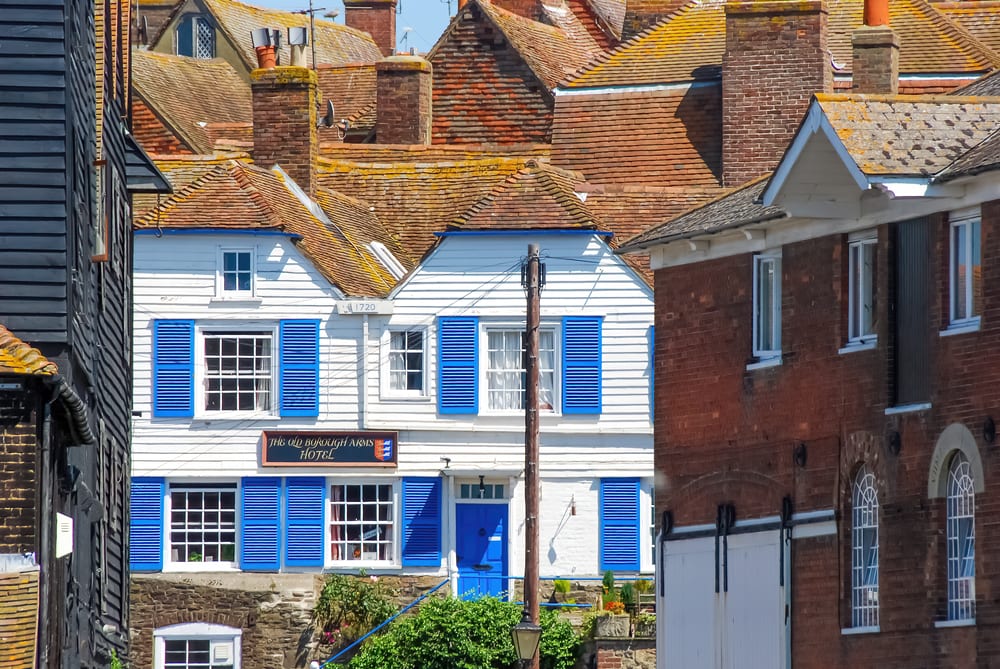Historic England wants to conserve the historic setting and to work to remove Belhus Park from its Heritage At Risk Register
The remains of Tudor and Jacobean gardens have been discovered beneath Belhus Park golf course. Volunteer researchers noticed that aerial photographs of the golf course in South Ockendon, Thurrock, appeared to mirror a 1619 pictorial survey of the former estate and a late 17th to early 18th century painting depicting a bird’s eye view of the property.
Their evidence suggested that the layout of the former gardens had survived, and a further non-invasive study of the subtle earthworks and shallow buried archaeology by Historic England has now confirmed this.
The survival of a circular water feature, and the patterns of paths and walls, verified the view of the gardens shown in the late 17th to early 18th century painting.
Historic England used a ground-penetrating radar, with senior geophysicist Neil Linford describing how the image of a Tudor water garden became clear.
We were very excited when we started to see the image of the Tudor water garden appear on the laptop screen as we were collecting the data – that made all the hard work very worthwhile, he said.
The golf course is part of the former Belhus Park estate that once included a manor house.
The gardens were replaced in the mid-18th century with a landscape park designed by prolific landscape architect Lancelot “Capability” Brown.
Historic England wants to conserve the historic setting and to work to remove Belhus Park from its Heritage At Risk Register.
Christopher Laine, landscape architect for Historic England, said: We already knew that Belhus Park was a special place, and a designed landscape of great historic interest.
This research proves the survival of these rare formal gardens just underneath the surface of the golf course and improves our knowledge of how the gardens and landscape park at Belhus Park developed, he said. It will help to inform strategies for improving management and conserving this important heritage for current and future generations.
Volunteer researchers from the Land Of The Fanns scheme noticed that aerial images resembled a past survey and bird’s eye view painting. The scheme says on its website that it aims to reunify and discover the landscape, strengthen attachment and create a sense of enjoyment of the landscape area for local people and visitors.
Land of the Fanns volunteer Phil Lobley said: Having spotted the hint of a circular Belhus Park garden feature on satellite images and a site visit, it was very satisfying to discover that the subsequent field work undertaken by Historic England has produced stunning results, confirming my earlier research.
The research was carried out with the support of golf course operator Impulse Leisure, whose managing director, Karl Hayes, said he wants to explore, understand and retain such a historical finding.
Historic England said it is hoped that there will be future opportunities for community engagement, volunteering, exploring and enjoying this fascinating place.






